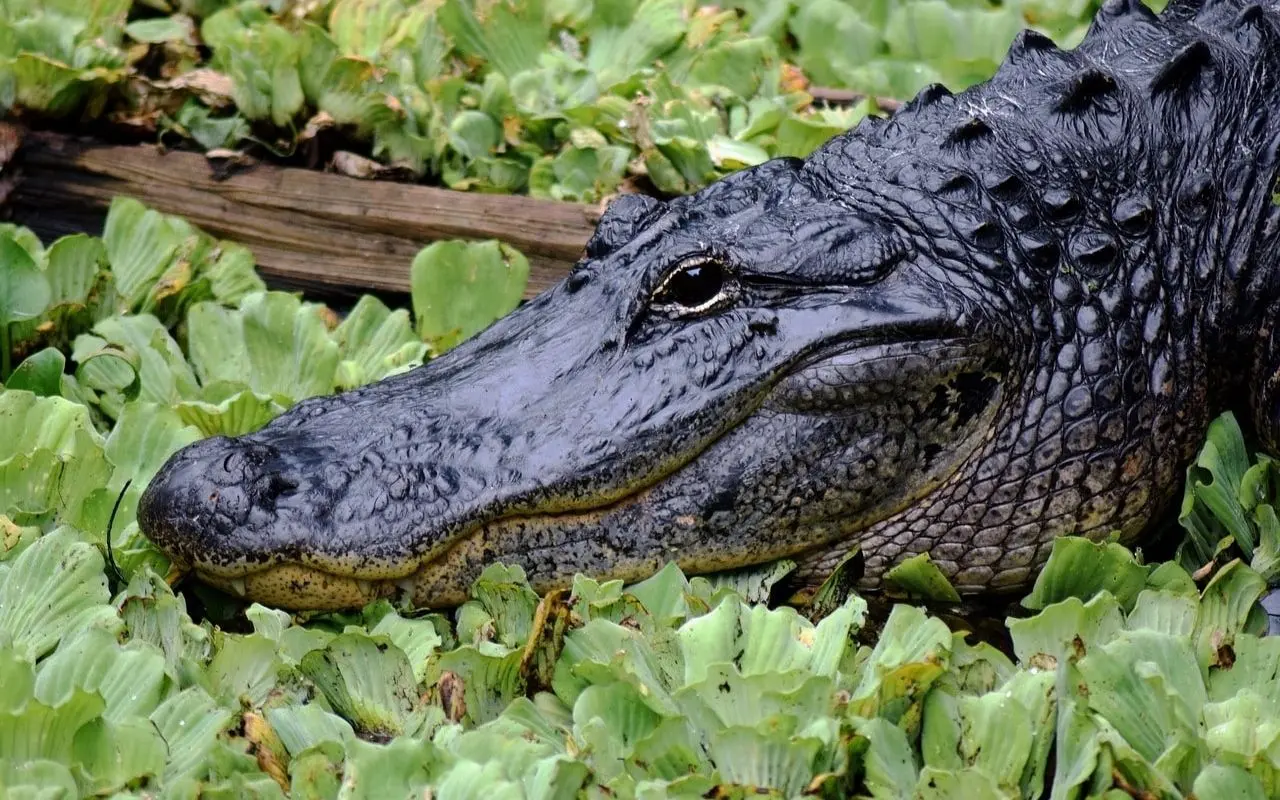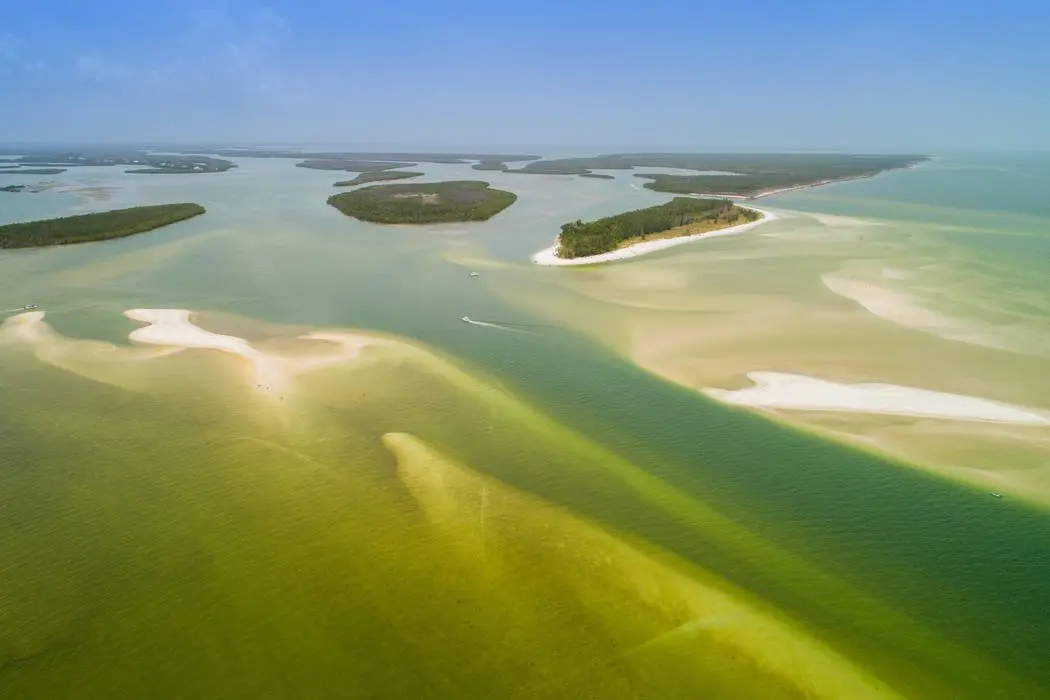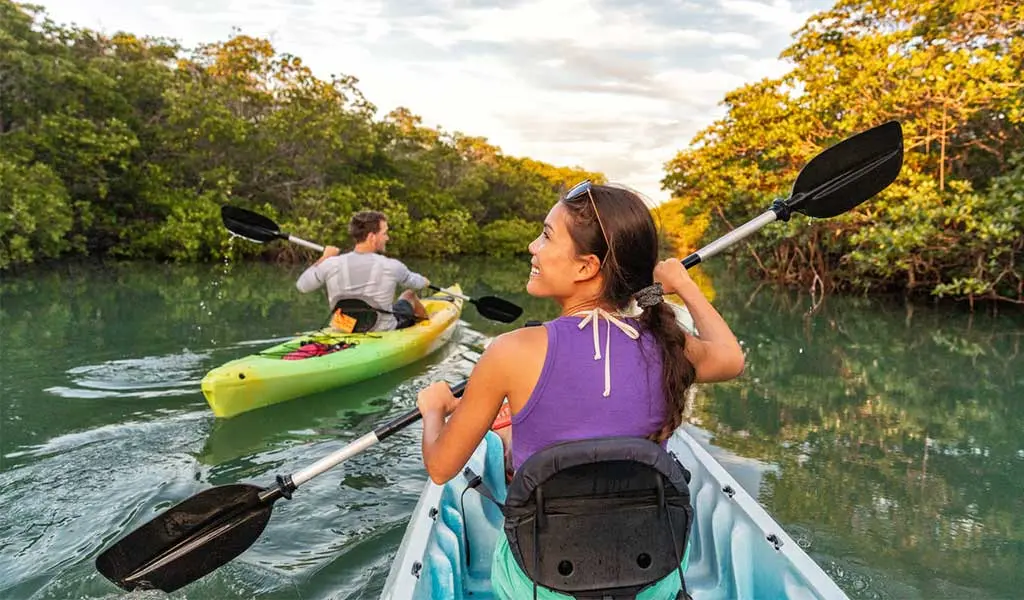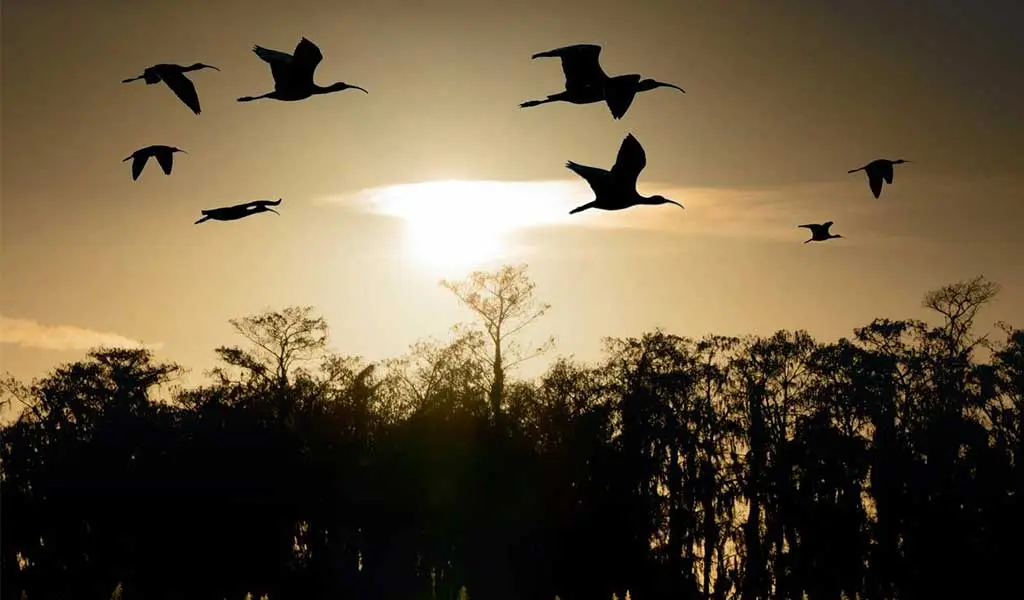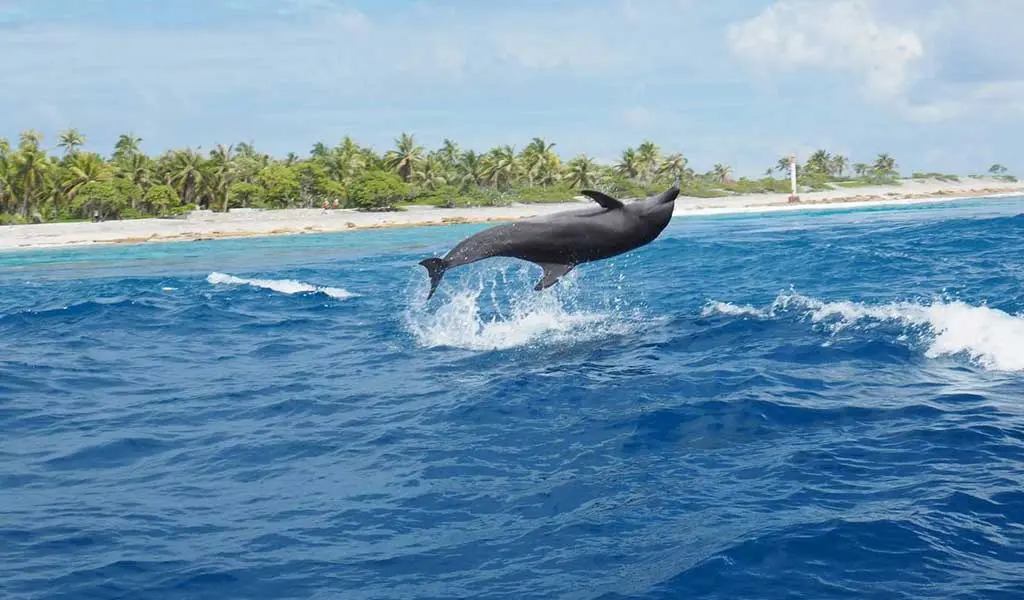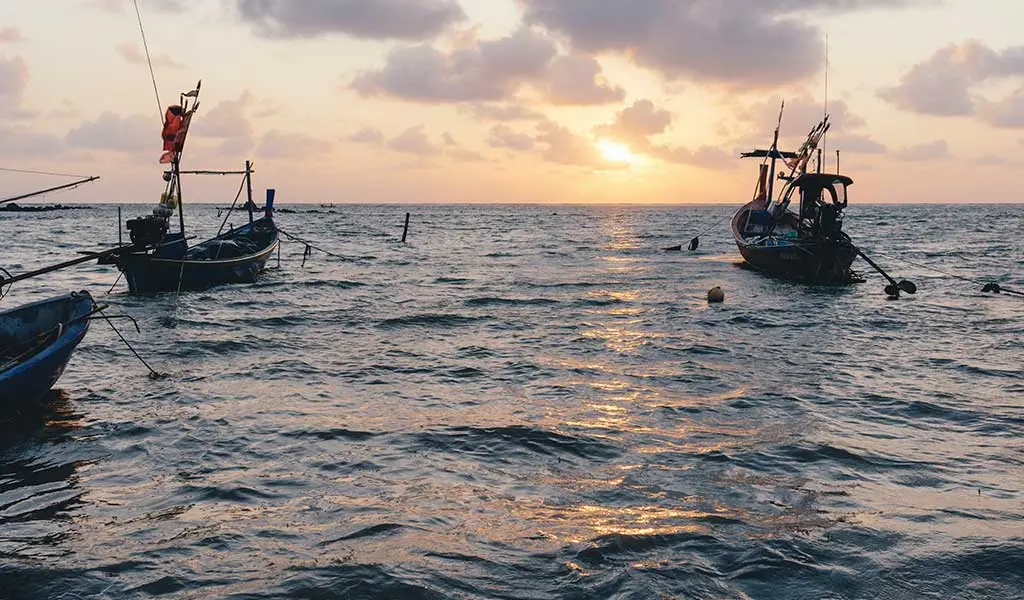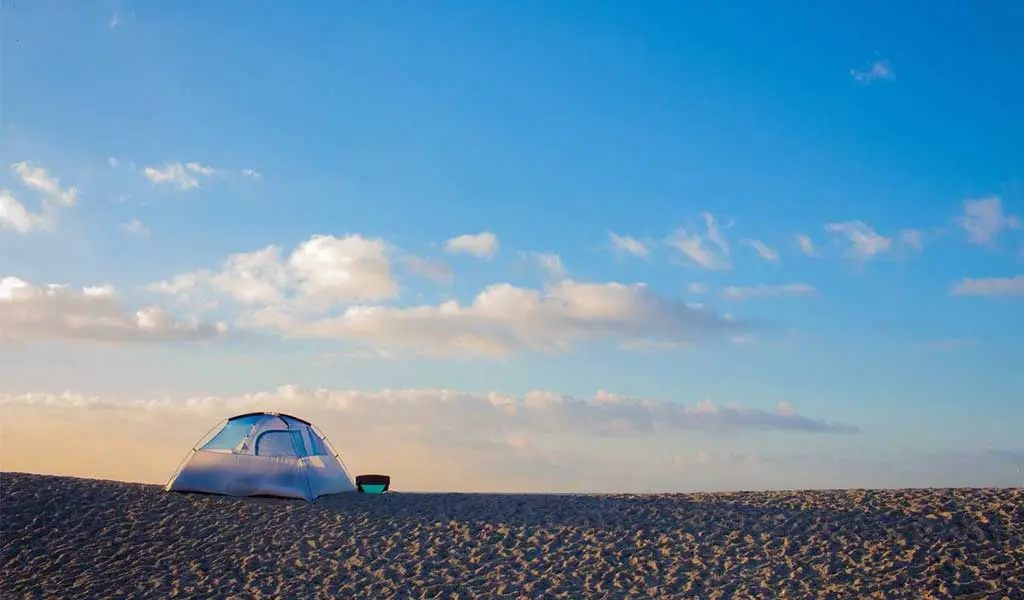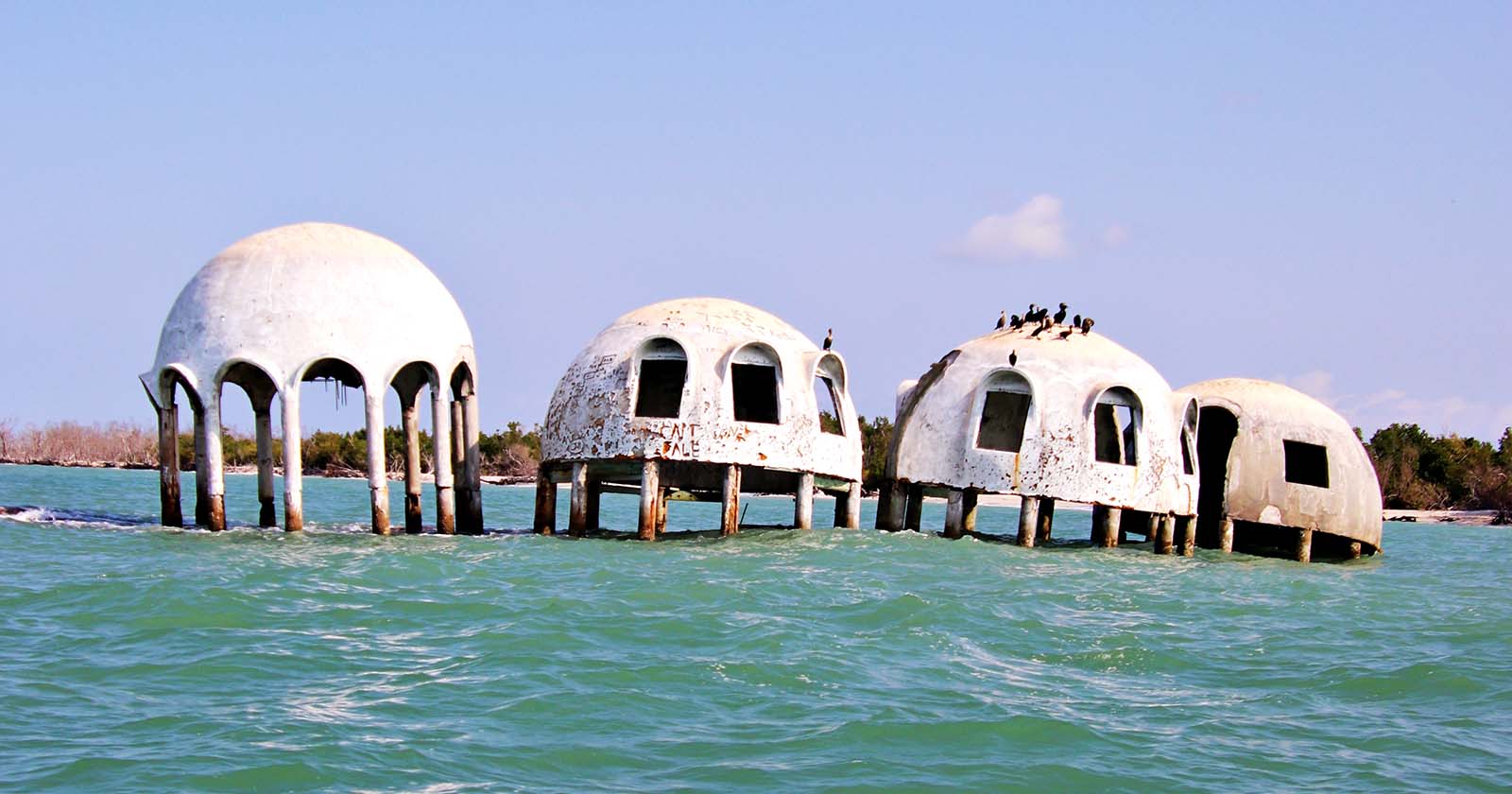Marco Island and the surrounding 10,000 Islands are home to some of the most diverse ecosystems in the world. There’s ample opportunity for a close encounter with wildlife when visiting this rich, teeming region. In fact, the flora and fauna of the 10,000 Islands is so plentiful that you can book a guided eco-tour to learn more about this flourishing environment.
If you’re gearing up for your very own ecology expedition, you might want to know what you should expect to see. But before we talk more about what you might encounter, remember, never approach the wildlife – no matter how small, furry, or innocent they may seem. These are wild animals and they act as such. Observe wildlife from a safe distance.
Here are some of the animals you might see on your trip to the 10,000 Islands!
The Brown Pelican
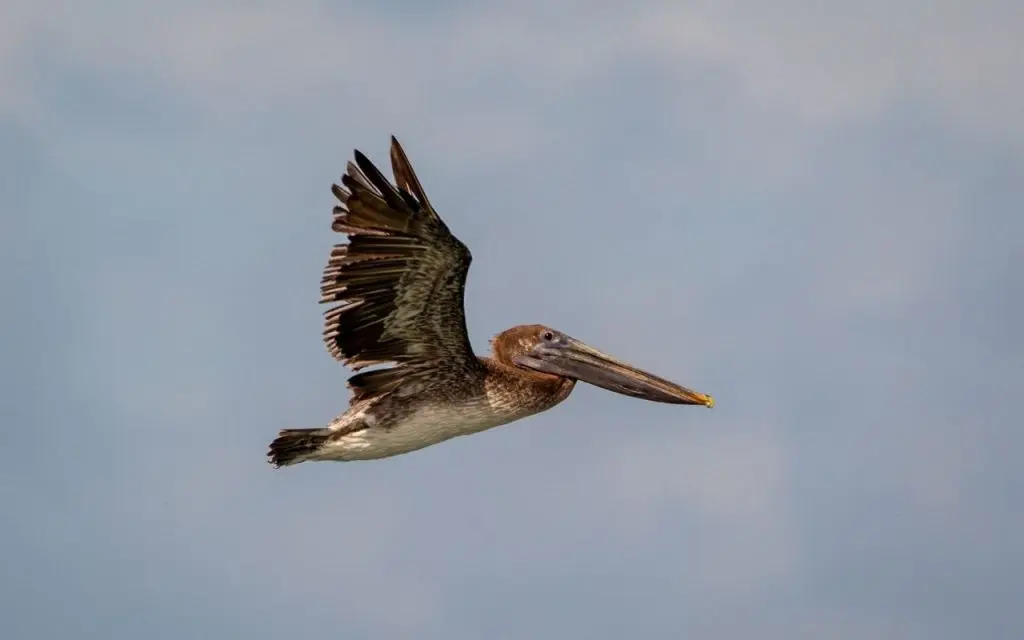
No need to book an eco-tour to see this feathered Floridian! The brown pelican is a common sight throughout the 10,000 Islands. These large birds are about the same size as a Canadian goose with a wingspan of about 6.5 – 7.5 feet. You can spot a brown pelican roosting on a pier or flying low over the water in search of fish.
Fun Facts About the Brown Pelican
- Brown pelicans are the only species that dive for their prey from 30 feet above the surface of the sea.
- Sometimes seagulls will attempt to steal a fish right out of a brown pelican’s pouch while they let the seawater drain out.
- The oldest ever brown pelican on record lived to 43 years old.
- Brown pelicans are well-adapted to live near humans. They will often wait at piers to feed on discarded fish scraps.
Sea Turtles
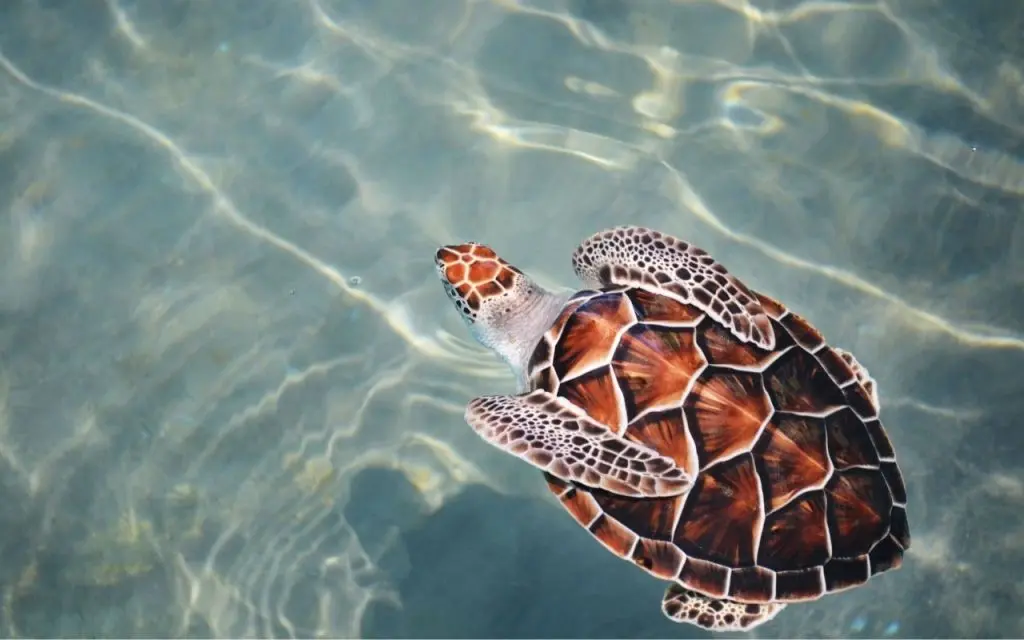
There are five species of sea turtles that call Southern Florida home: loggerhead, green turtle, leatherback, Kemp’s ridley, and hawksbill.
Southern Florida has long been a fertile breeding ground for sea turtles. But due to poaching and habitat loss, they are classified as an endangered species as of the Endangered Species Act of 1973. It is illegal to disturb sea turtles and their nests as a result. But you can observe female sea turtles laying their eggs from a distance and even volunteer to monitor nests.
Fun Facts About Sea Turtles
- Female sea turtles will return to the very same beach they were born to lay eggs every year.
- Green turtles can hold their breath underwater for up to five hours. To conserve oxygen, they slow their heart rate down to about one beat per nine minutes.
- Sea turtles can live to be 100 years old on average.
- They can sense the Earth’s magnetic field and use it to navigate. This is a handy tool as they can travel up to 10,000 miles a year.
The Florida Manatee
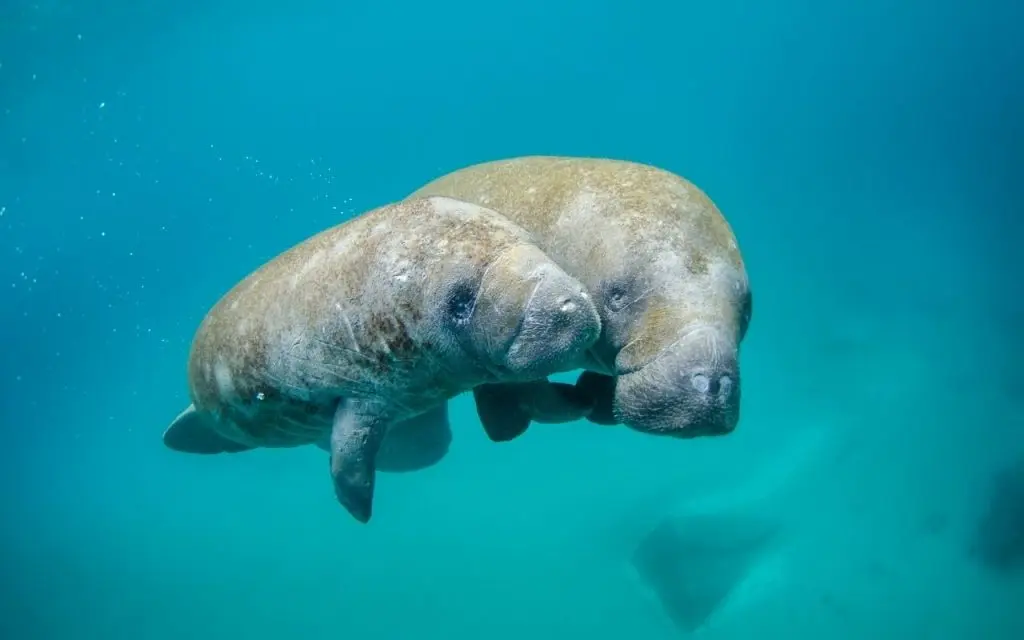
Florida is the only place in the United States with a population of wild manatees. These portly sea mammals can spend up to eight hours each day grazing on aquatic plants. Those hoping to catch a glimpse of these majestic gentle giants should plan a trip to Florida from late November through spring. The best way to observe them up close is to kayak where they congregate or schedule a manatee swim tour.
Fun Facts About the Florida Manatee
- Manatees have built-in scuba equipment! They have a transparent nictitating membrane they can draw over their eyes for protection and they can close their nostrils underwater.
- Despite not having visible external ears, manatees have excellent hearing.
- Every time they need to see something beside or behind them, the manatee must turn all the way around. This is because they only have six cervical (neck) vertebrae.
- The bones in their flippers look similar to our finger bones.
Dolphins

The bottlenose dolphin is one of the smartest, most friendly aquatic animals you may encounter on a trip to the 10,000 Islands. They can be anywhere from 10 to 14 feet in length and weigh up to 1,100 pounds. This social marine creature spends most of their time interacting with other dolphins and even approaching humans to say hello. If you want a chance to meet one of our resident dolphins, you could take a jet ski tour or simply hang out in the surf.
Fun Facts About Dolphins
- When it comes time to rest, a dolphin will shut down half of their brain at a time. This allows them to sleep while partially alert so they can periodically breathe and check for threats.
- Unlike many mammals, dolphins are open to meeting new groups of their species without hostility.
- They can dive 1,000 feet below the surface of the sea.
- Dolphins actually have names! They use distinct whistles to identify each other.
American alligator
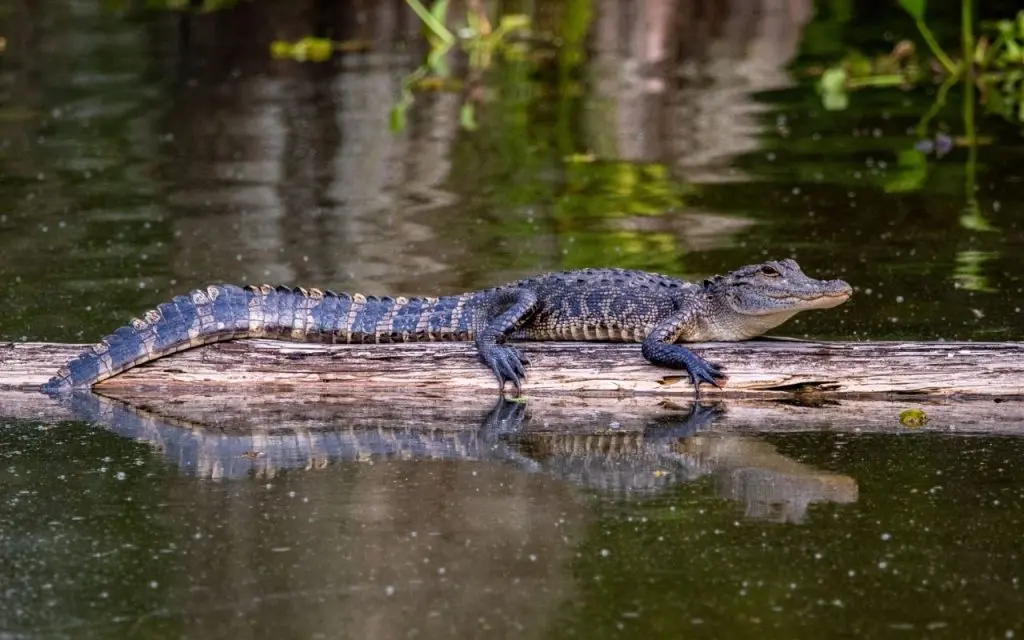
Found in freshwater swamps, marshes, rivers, and lakes, the American alligator is a keystone species of the Southern Florida ecosystem. That means the delicate balance of this environment heavily relies on their presence to maintain stability. Although they have a menacing appearance, they’re actually quite docile. But if and when you see them out and about, it’s still best to keep your distance.
Fun Facts About the American Alligator
- Alligators never stop growing. The older they get, the more massive they become. They can grow up to 15 pounds or even 1,000 pounds.
- They use tools. Alligators have been observed balancing sticks and branches on their heads to attract birds. Right when they swoop down to collect the material for their nests, the gator will attack.
- While they largely feast on meat, alligators will also eat fruit from time to time.
- Alligators are very vocal. They use a number of calls to signal distress, scare off competitors, find a mate, and more.
River otter
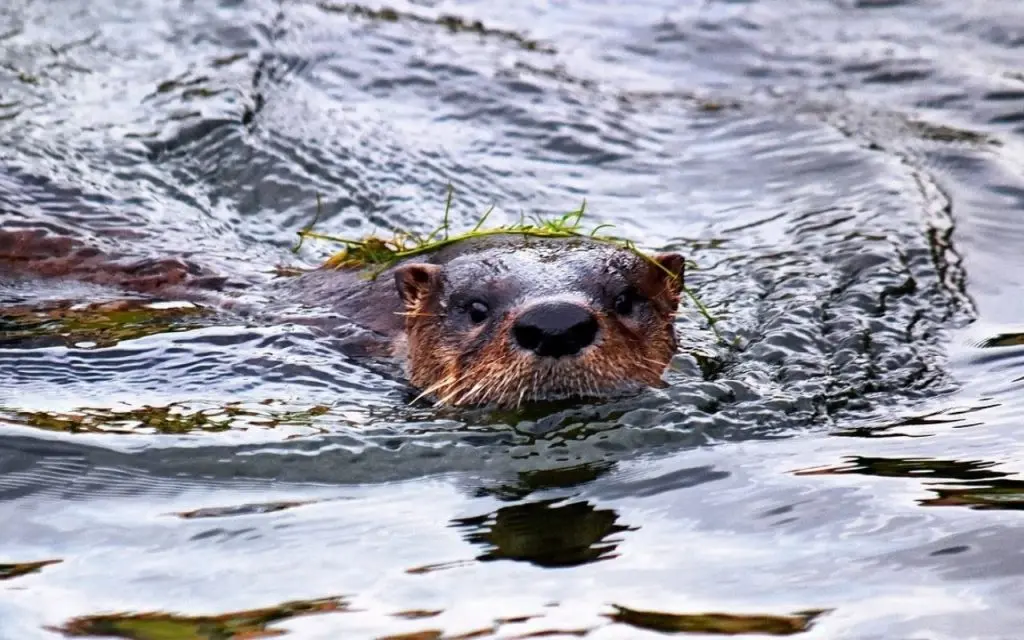
Mischievous as they are cute, the North American river otter is quite the sight to see in the wild. If you can spot them darting through the water that is! These sleek, playful creatures can be one of the most difficult of our local animals to spot. That’s because they’re most active during the night. But keep your eyes peeled while you tour the area!
Fun Facts About the River Otter
- Otters are very tidy animals. They wash up after every meal.
- When a female otter gives birth, she takes care of her pups for around two months in an underground den. When the time comes, she pushes them into the water so they can learn to swim. They will stay together for about a year when the pups reach maturity.
- Otters can hunt even in dark, murky water with the help of their whiskers and excellent vision.
- They have a lightning-fast metabolism. Food works its way through their digestive tract in just one hour.
Bobcat

Bobcats are a common animal visitors can spot in the region. They will traverse 5 to 50 miles a day of mangrove forests to search for prey. Although they look strikingly similar to your average house cats, they are actually double their size. They can be up to 40 pounds in weight. They also have a distinctive “bobbed” tail which gives them their name.
Fun Facts About Bobcats
- Their population dropped severely due to the demand for fur but after regulations were put in place, their numbers bounced back.
- Bobcat attacks are extremely rare. Usually, humans startle them away rather than incite a violent reaction.
- They are extremely agile; the bobcat can jump 12 feet high and run 34 miles per hour.
- Bobcats can be found throughout the entire continent of North America from Canada to Mexico.
Roseate Spoonbill
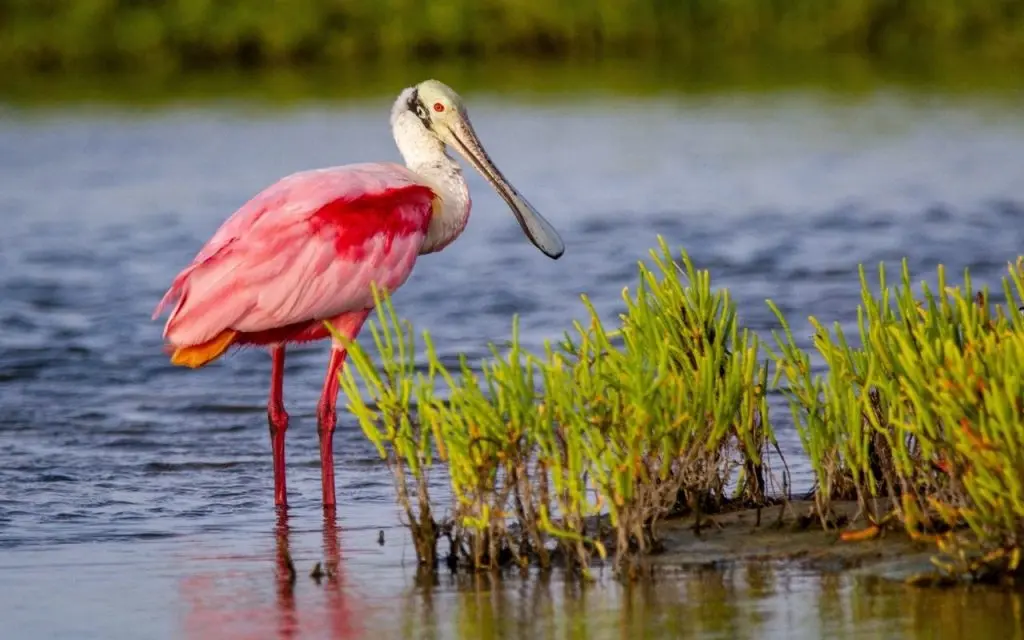
There are over 189 species of birds who live on the 10,000 Islands; the Roseate Spoonbill being just one. With its distinct pink color and unique bill, the Roseate Spoonbill is hard to miss. Back in the 1800s, this stunning animal was almost eliminated due to plume hunters. But their numbers are stronger since the establishment of Everglades National Park in 1947. If you’re lucky enough to spot one, you might notice them swinging their head from side to side in the shallow water as they search for food.
Fun Facts About the Roseate Spoonbill
- Much like the flamingo, the Roseate Spoonbill gets its color from the food it eats. The shrimp they eat survive off of carotenoid-rich algae which gives off a pink coloration.
- As they age, they experience “balding” and lose feathers off their head.
- The Roseate Spoonbill will nest in colonies alongside egrets, ibises, and herons.
- To get a female’s attention, a male Roseate Spoonbill will shake twigs in her direction. If she’s interested, she may bite his bill or stretch her wings above her body.
Tips For Viewing Wildlife Living on the 10,000 Islands
The animals above are just a mere fraction of the thriving wildlife that makes up the 10,000 Islands ecosystem. If you want to get the best chance at viewing wildlife in the area, plan your trip during the dry winter season.
And, again, do not approach any wildlife you may encounter. If an animal looks to be distressed, leave it alone and call a wildlife specialist if you’re concerned.
Take a Jet Ski Tour With Us
Cruise through the twisting mangrove forests of the 10,000 Islands in style with WOW! Marco Island Jet Ski Tours & Rentals! You’ll get to explore Cape Romano, the Dome Home, 10,000 Islands, Marco Island, and the Everglades. As you zip through the water keep your eyes peeled! We guarantee dolphin sightings!

